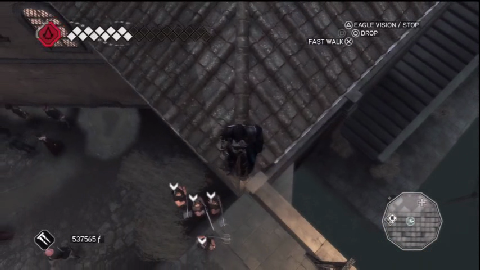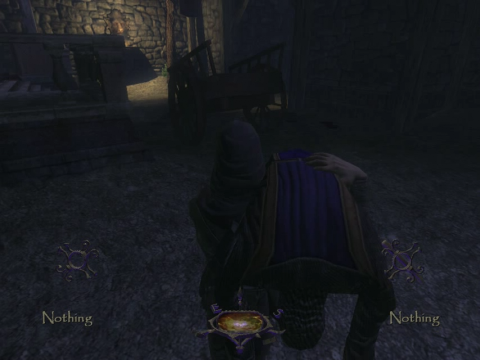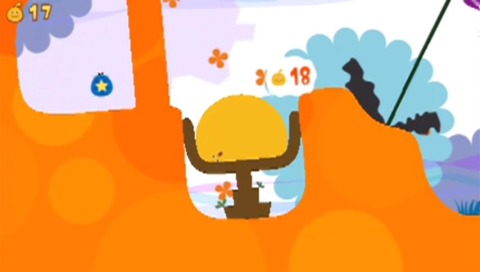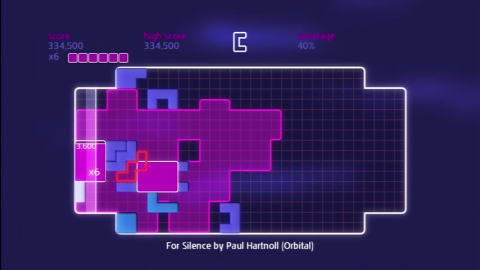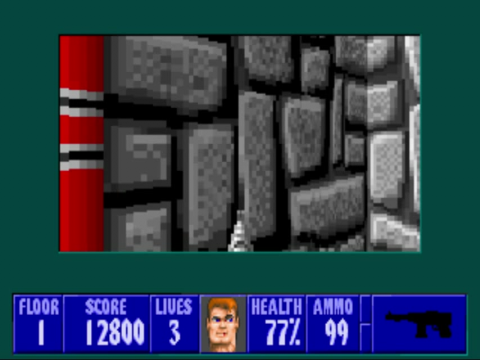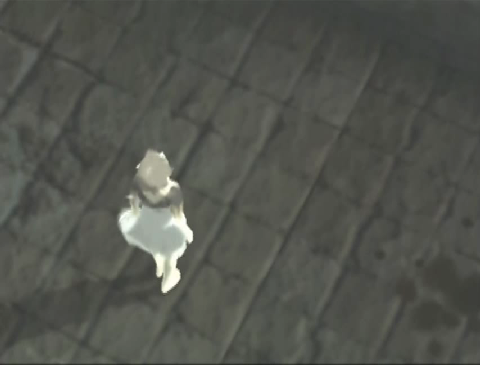No Can Do
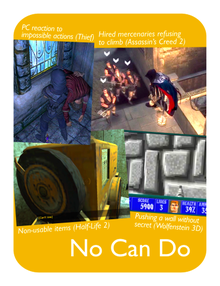
|
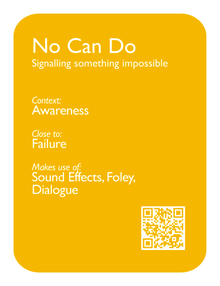
| |
| The card's front face | The card's back face |
Contents
Synopsis
| Signalling something impossible. |
Relationships
Context:
Awareness ![]() .
.
Close to:
Failure ![]() .
.
Makes use of:
Sound Effects ![]() , Foley
, Foley ![]() , Dialogue
, Dialogue ![]() .
.
Description
The interaction between the PC/player and the game world implies experimentation, at least until the rules of the game world are well understood. To signal impossible actions, designers frequently resort to sound.
If we think of a continuum between sounds of Achievement and sounds of Failure, sounds of No Can Do “feel” somewhere between a neutral degree of Awareness and tending towards Failure, although they don’t get close enough to the latter to the point of being similar. A No Can Do sound is mostly informative; it does not reflect a judgement on the action of the player – although it informs about something that cannot be done and, as such, that is not interesting repeating.
Solutions for No Can Do may be diegetic or non-diegetic. In the former case, the PC usually expresses itself the impossibility through a minimal Dialogue, which is sometimes accompanied by the Foley of the failing interaction. In the latter case it is common to use a Sound Effect directed to the player.
Examples
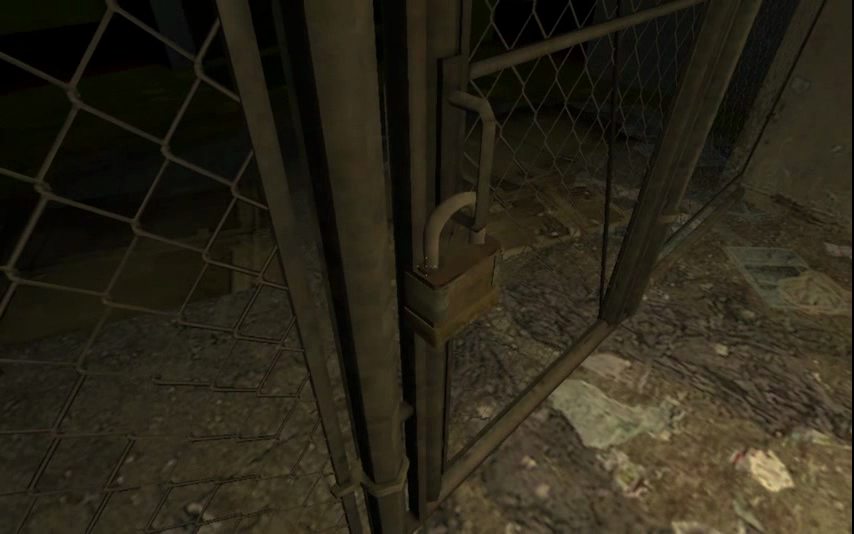  Half-Life 2: When an item cannot be used, a Sound Effect is used. Unless captions are activated this is the only cue the player receives [pending: double check this].
|
